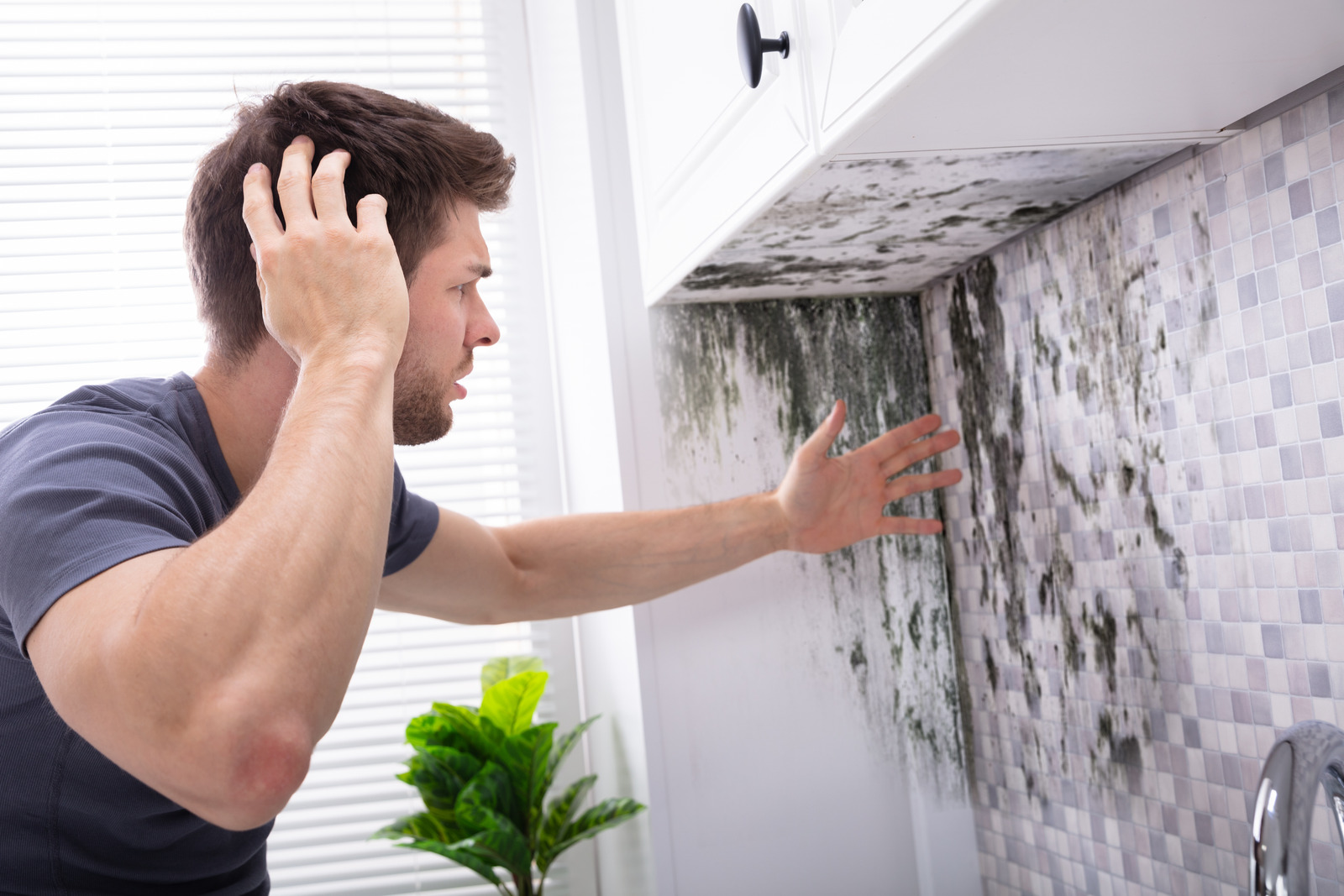
Mold - a four-letter word that is often met with dread. This simple, tiny fungus is not just a nuisance to the aesthetic appeal of our homes and buildings, but also a potential health hazard. Given the right conditions, mold can proliferate rapidly, becoming a larger issue. However, the subject of mold is not always as black and white as it may seem. In this post, we aim to shine light on mold, from its origins to its health implications, and most importantly, how it can be effectively managed and safely removed.
The Birth of Mold
Mold is a type of fungus that thrives in moist environments, reproducing through lightweight spores that travel through the air. These spores are ubiquitous; they’re always in the background, waiting for ideal conditions to land and proliferate. All they need is a moist environment and an organic surface to cling onto. This is why mold is commonly found in damp places like bathrooms, basements, or in homes affected by water damage.
Health Implications of Mold
Exposure to mold may lead to health problems, particularly in people with allergies, respiratory conditions, or a compromised immune system. Some molds produce mycotoxins, substances that can be harmful if inhaled, touched, or ingested. Common symptoms of mold exposure include nasal stuffiness, throat irritation, coughing, eye irritation, or skin irritation. In severe cases, mold exposure can cause serious lung infections.
Preventing Mold Growth
Preventing mold comes down to controlling moisture levels in your home. Regularly check for leaks in your plumbing system, keep the humidity low with air conditioners or dehumidifiers, and ensure your home is properly ventilated. It's also crucial to clean and dry out any areas affected by flooding within 24-48 hours to prevent mold growth.
Safe Mold Removal
If mold does appear, small patches can often be handled with household cleaning products or a solution of bleach and water. However, it's essential to wear protective gear, like gloves and a mask, to prevent exposure to potentially harmful spores.
If the mold covers a large area, or if it's a type of mold known to produce mycotoxins (like Stachybotrys chartarum, also known as "black mold"), professional mold removal is advised. Professionals have the equipment and training to remove mold safely without risking health or spreading the mold further.
Mold is a formidable opponent that requires consistent effort to keep in check. With the right knowledge and tools, you can prevent mold growth and maintain a healthier living environment. However, if mold gets out of control, don't hesitate to seek professional assistance.
Summary
For professional mold assessment and removal services, contact ASAP Restoration at +1 (877) 262-6245. Our team of experts is ready to help you win your fight against mold, ensuring the safety and well-being of you and your family.